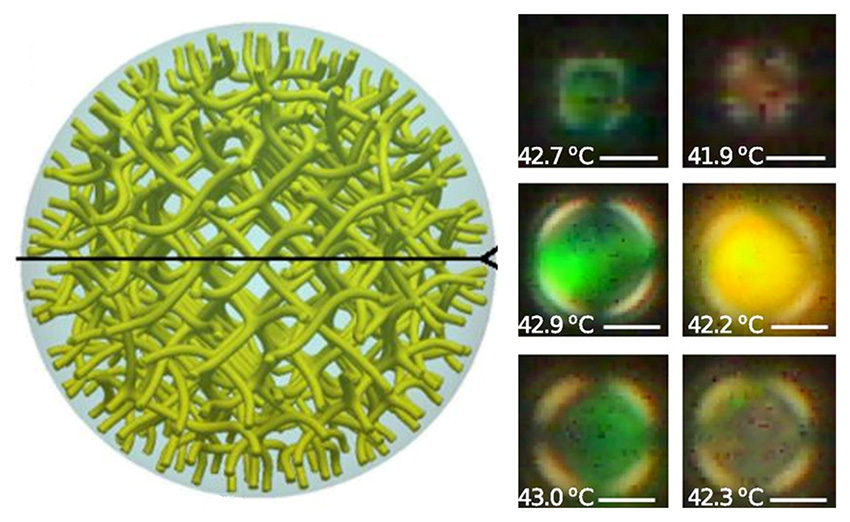
Supercomputers for Quantum Computers
Researchers simulate the design of new quantum bits for easier engineering of quantum computers.

Researchers simulate the design of new quantum bits for easier engineering of quantum computers.

Research uncovers the errors that prevent modeled precipitation variations from matching real-world results.

New approach could benefit applications as diverse as propeller and printers.

First atomically thin, halide perovskite sheets could be an alternative to graphene for future electronics.

Novel self-assembly can tune the electronic properties of graphene, possibly opening doors for tiny, powerful electronic devices.

Recycling waste from biofuel production could lower cost for future biorefineries.

New findings will help extend the lifetime of catalysts used to process bio-oils in liquid systems.

Theoretical modeling of energy loss in solar cells may lead to more efficient materials to convert sunlight to electricity.

Atomic-scale simulations predict how to use nanoparticles to increase hydrogen production.

Chameleon-like color changes are observed by confining liquid crystals within small drops.

A new tool allows atomic 3D printing.

Newly discovered “design rule” brings nature-inspired nanostructures one step closer.
Signup for the Office of Science’s GovDelivery email service, and check the box for the Advanced Scientific Computing Research Program in your subscriber preferences.
Subscribe